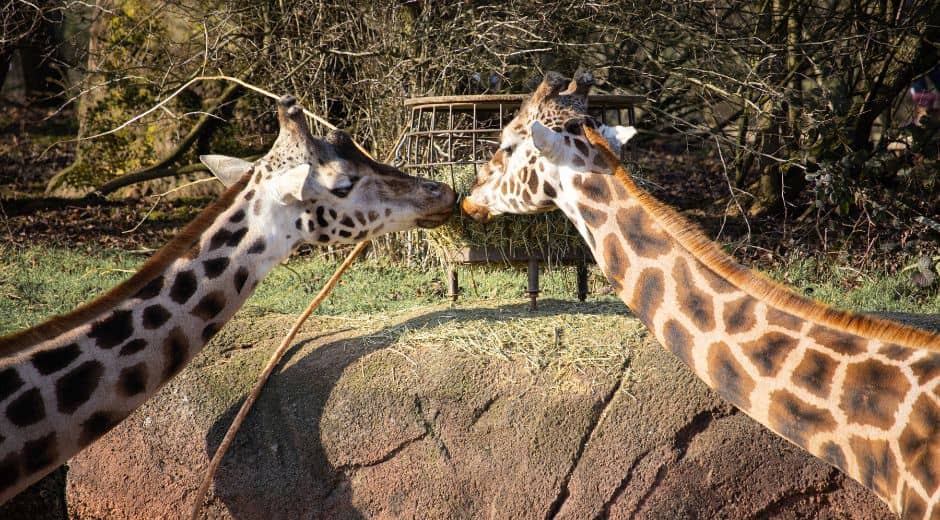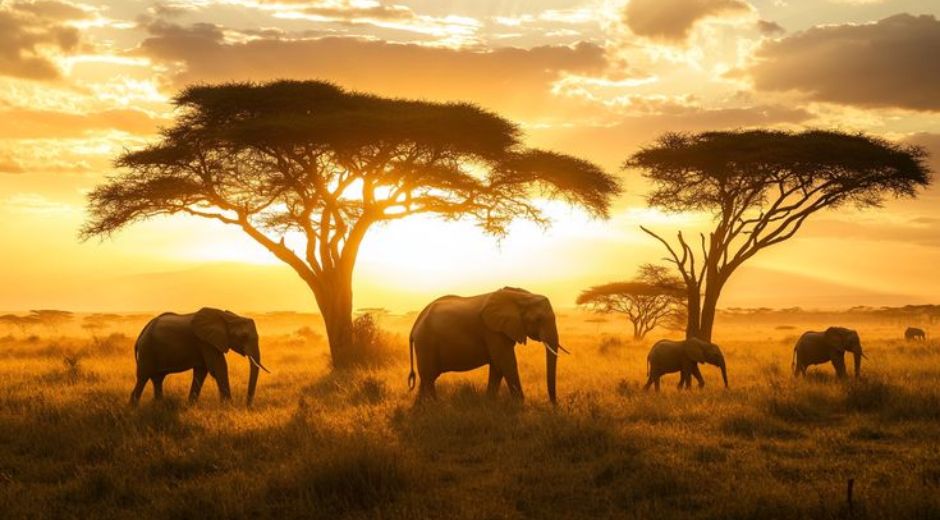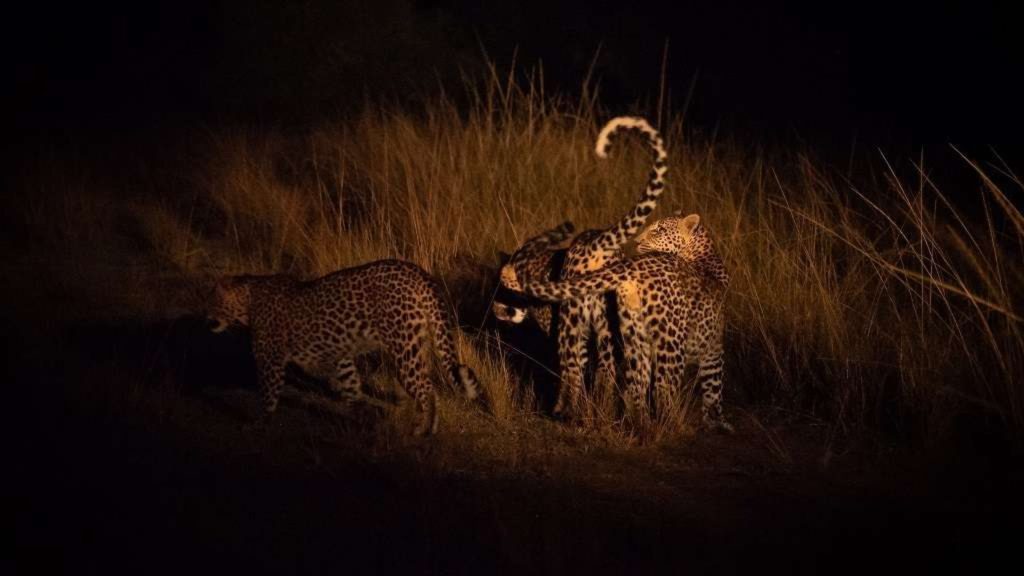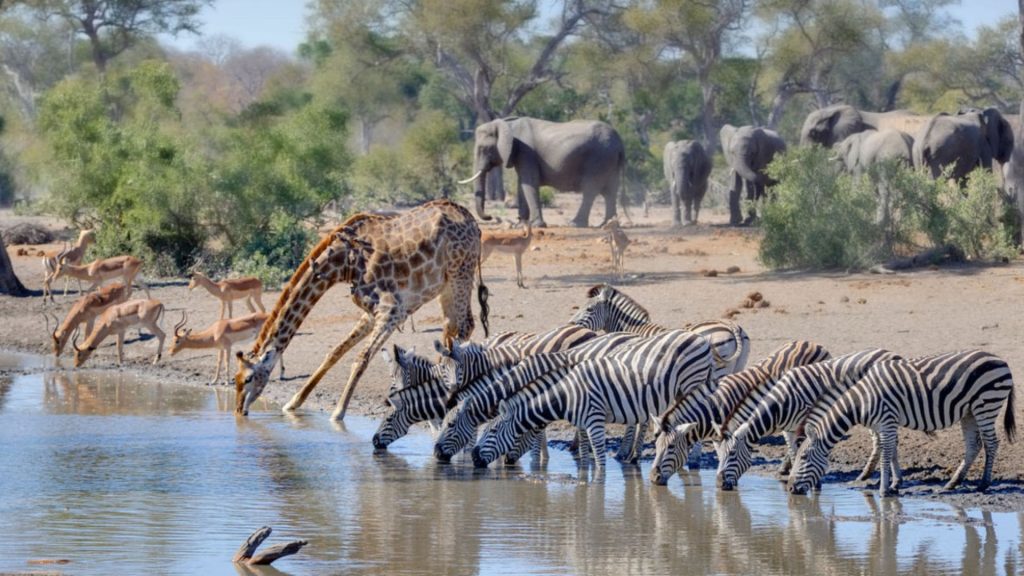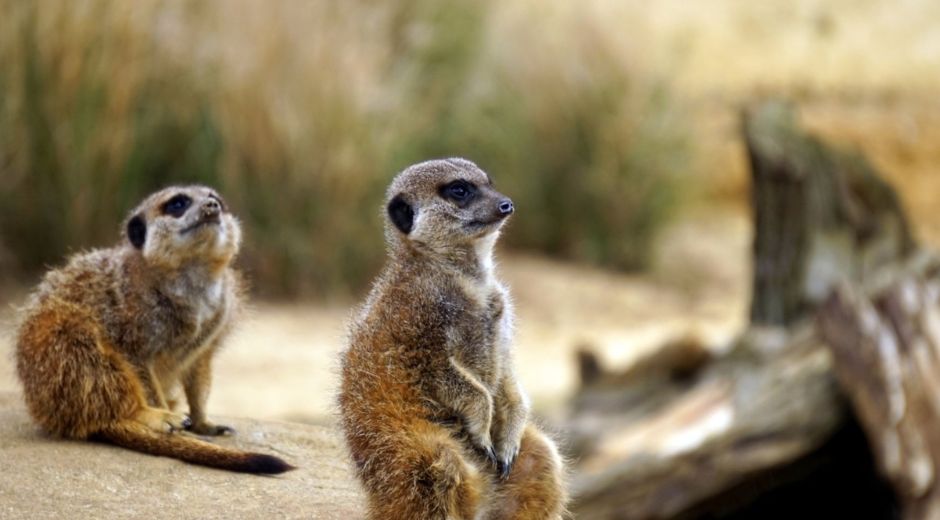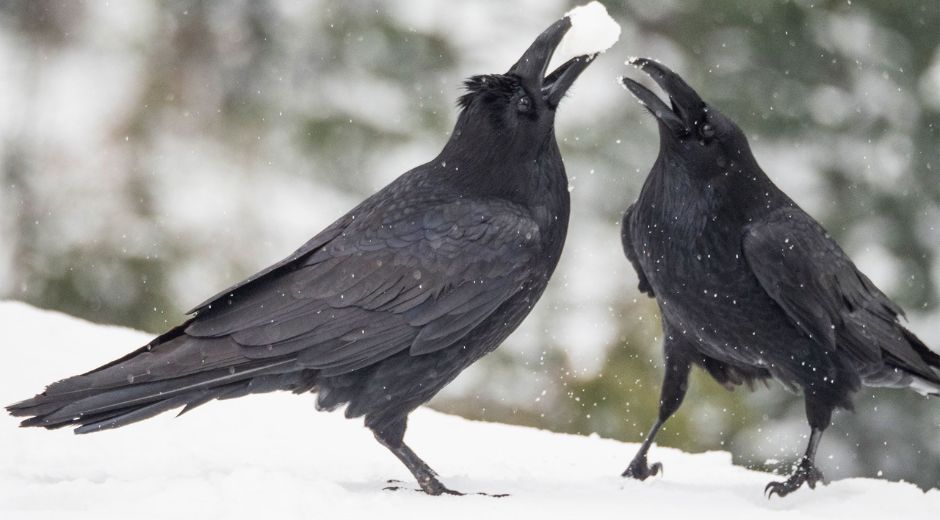Problem-Solving in Primates: Intelligence in Action
Problem-Solving in Primates: Intelligence in Action
Primates are among the most intelligent animals on the planet, displaying behaviors that reflect complex cognitive abilities. One of the most fascinating aspects of their intelligence is problem-solving—the ability to navigate challenges, use tools, and learn from experience. By observing primates in the wild and captivity, researchers gain insights into how these creatures interact with their environment, cooperate with one another, and adapt to new situations.
Understanding primate problem-solving is not only essential for conservation and animal welfare but also provides a window into the evolutionary roots of human intelligence.
The Nature of Problem-Solving in Primates
Problem-solving in primates involves a variety of cognitive processes, from simple trial-and-error learning to advanced reasoning. For example, chimpanzees have been observed using sticks to extract termites from mounds, a behavior that demonstrates tool use and an understanding of cause and effect. Similarly, capuchin monkeys may use stones to crack nuts, showing foresight and physical coordination.
These behaviors are often passed from one generation to another, indicating that social learning plays a significant role. Young primates watch elders, mimic their techniques, and gradually develop the skills needed for survival.
Collaboration and Social Problem-Solving
Many primates excel in cooperative problem-solving, where two or more individuals work together to achieve a goal. In wild chimpanzee communities, cooperation is essential when hunting or defending territory. Coordination among group members requires communication, planning, and sometimes improvisation.
Bonobos, known for their social intelligence, display collaborative strategies during foraging, sharing food, and even resolving conflicts within the group. Observing these behaviors provides crucial lessons about the importance of teamwork, both in the animal kingdom and potentially in understanding the evolution of human cooperation.
Tool Use and Cognitive Flexibility
Tool use is a prime example of cognitive sophistication in primates. Different species exhibit unique approaches depending on their environment. Orangutans, for instance, have been documented using leaves as umbrellas during rain, while chimpanzees may craft spears to hunt small mammals.
Such innovative behaviors highlight flexibility in problem-solving. Primates assess the situation, select appropriate tools, and sometimes even modify objects to suit their needs. This adaptability reflects both intelligence and creativity, demonstrating that primates are capable of learning beyond instinctual behavior.
For younger audiences interested in animal intelligence, National Geographic Kids provides engaging content and videos showcasing these remarkable behaviors.
Memory, Planning, and Strategic Thinking
Advanced problem-solving often requires memory and forward-thinking. Many primates remember the locations of fruiting trees, the habits of predators, and the social dynamics of their group. By applying past experiences, they make decisions that enhance survival and social success.
For example, orangutans have been observed planning complex routes to reach distant food sources, weighing the risks and benefits of different paths. Such strategic thinking highlights the cognitive depth of these animals, revealing their capacity to anticipate outcomes and adjust behavior accordingly.
Learning from Mistakes
Trial-and-error is a fundamental part of problem-solving in primates. When a method fails, individuals adjust their approach, sometimes inventing entirely new strategies. This iterative process is vital for survival in dynamic environments.
Capuchin monkeys, for example, may initially struggle to open a difficult nut but eventually refine their technique through repeated attempts. This learning process not only improves practical skills but also demonstrates persistence, patience, and resilience—qualities that are essential in both animal and human learning.
Communication and Social Learning
Communication enhances problem-solving by allowing primates to share knowledge. Vocalizations, gestures, and facial expressions serve as tools to convey information about threats, food locations, and strategies for overcoming obstacles.
In certain species, like chimpanzees, individuals use specific signals to coordinate group efforts in hunting or territorial defense. Social learning ensures that successful strategies are transmitted across generations, contributing to cultural traditions within primate communities.
Research on these behaviors, documented in field studies and scientific literature, highlights how social structures influence intelligence and adaptability. Platforms like Zoopora Wildlife Conservation offer further insights into these complex social systems and conservation efforts.
Challenges in Captivity vs. the Wild
Primates in captivity often display remarkable problem-solving skills in controlled settings. Puzzle feeders, enrichment devices, and cognitive tasks stimulate mental activity, encouraging natural behaviors.
However, challenges differ in the wild. Wild primates face predators, competition for resources, and environmental unpredictability. These pressures shape their problem-solving abilities, promoting creativity, collaboration, and risk assessment. Conservationists study both captive and wild populations to understand how environmental factors influence cognitive development and behavior.
Evolutionary Insights from Problem-Solving
Studying primate problem-solving provides insights into human evolution. Many cognitive traits—tool use, planning, social cooperation—are shared between humans and other primates. These similarities suggest a common evolutionary origin for intelligence and complex social behavior.
By comparing species, researchers can infer how cognitive abilities emerged, diversified, and supported survival. This knowledge enriches our understanding of not only primates but also the broader story of life on Earth.
For those curious about scientific discoveries in animal behavior, MuseaTime offers curated articles and exhibits that explore intelligence, adaptation, and evolution across species.
Conservation Implications
Protecting primates and their habitats is essential to preserving the natural laboratory of problem-solving behaviors. Deforestation, poaching, and climate change threaten countless species, disrupting social structures and limiting opportunities for learning.
Conservation initiatives often focus on habitat restoration, anti-poaching enforcement, and public education. Encouraging local communities to participate in wildlife protection ensures that primates continue to thrive in their natural environments. Observing problem-solving in these animals not only fascinates scientists and enthusiasts but also reinforces the value of preserving biodiversity.
The Fascination of Observing Problem-Solving
Watching primates tackle challenges is both entertaining and enlightening. Whether a chimpanzee carefully extracts termites with a stick or a capuchin cracks a nut with precision, each act demonstrates ingenuity, adaptability, and intelligence.
Educational programs and ecotourism initiatives allow people to witness these behaviors firsthand, fostering appreciation and advocacy for wildlife. Through observation, we gain a deeper understanding of cognition, social dynamics, and the importance of conservation.
Conclusion
Primates exhibit remarkable problem-solving abilities that reveal the depth of their intelligence and the complexity of their social systems. From tool use to cooperative hunting and strategic planning, these behaviors provide invaluable insights into cognitive evolution.
Supporting conservation efforts, learning from research, and engaging with educational platforms like National Geographic Kids, MuseaTime, and Zoopora Wildlife Conservation ensure that these incredible creatures continue to inspire and educate future generations.
Each act of problem-solving in the wild reminds us of the intricate connections between environment, social structure, and intelligence—and the urgent need to protect the habitats that sustain them.
Wildlife Behavior Curiosity

Training and Trust: Building a Stronger Bond with Your Pet
Discover why biodiversity is vital for ecosystems, climate balance, and human survival, and how conservation protects life’s intricate web.

Biodiversity: The Foundation of Earth’s Living Systems
Discover why biodiversity is vital for ecosystems, climate balance, and human survival, and how conservation protects life’s intricate web.

Adaptation: How Animals Evolve to Survive Changing Worlds
Explore how adaptation helps animals survive climate shifts, predators, and new environments, revealing nature’s incredible resilience.






